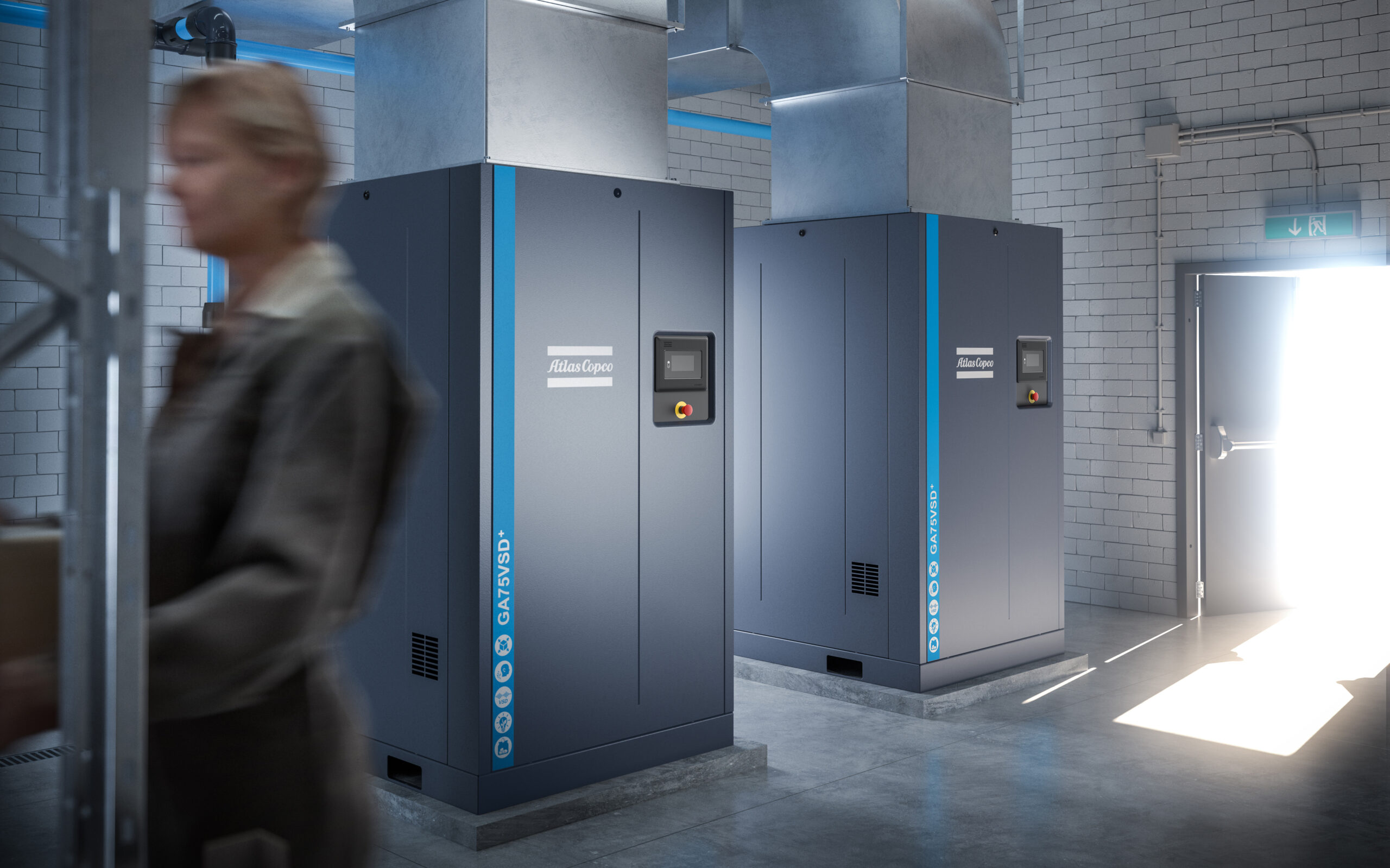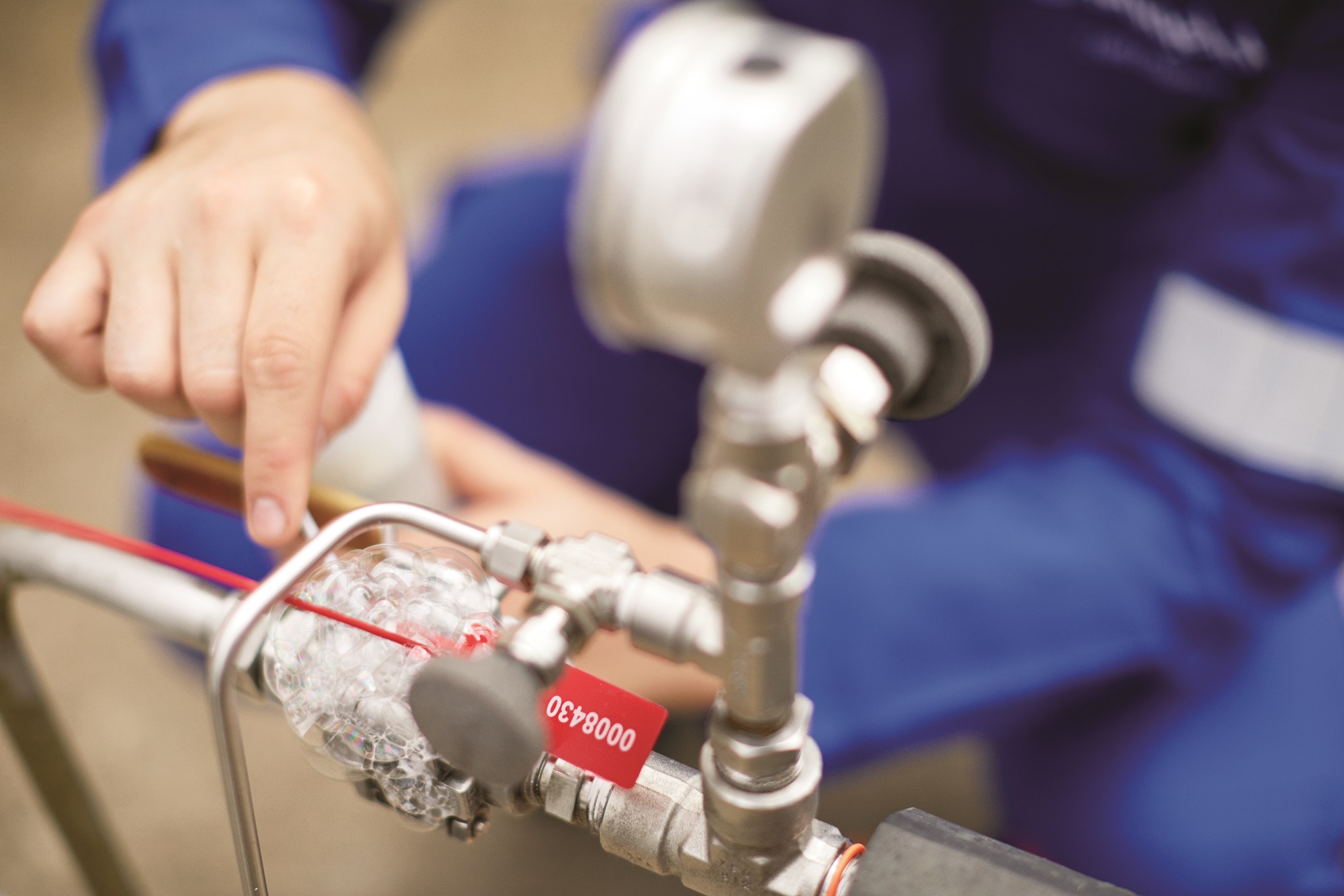Two utilities speak out regarding their efforts and views on decarbonization and electrification

In 2018, NW Natural, Portland, Ore. set out on its pathway toward a low-carbon energy future and is starting to see momentum. According to Kim Heiting, operations senior vice president at NW Natural, the utility’s strategies to decarbonize the pipeline include renewable natural gas (RNG), renewable hydrogen and end-use equipment innovation.
NW Natural serves 2.5 million people, delivering more energy in Oregon than any other utility — gas or electric. The utility is heating 74% of residential square footage in its service area. On peak days, it provides 90% of the energy needs for residential and commercial space and water heat customers. According to Heiting, the utility is meeting this demand through one of the tightest systems in the country, which minimizes emissions.
“The goal needs to be emission reduction as fast and affordably as possible,” said Heiting. “Some of the questions around electrification point back to this issue. We need to make sure we are using facts, analysis and data to do the math to ensure our choices make sense. When we started to think about decarbonizing the electric system, we didn’t say, ‘Cut the wires.’ We just said, ‘Change what’s going over those wires.’”
It’s not just about electricity. “We need to be thinking that way about the gas system as well,” Heiting said. “And that gets back to the fundamental issue: We have billions of dollars of assets already sitting in the ground. We need to think about how to sustainably evolve what’s going through that pipeline network to lower the cost of meeting our climate objectives overall. From our perspective, that will mean increasingly more renewables in the pipeline over time.”
NW Natural is committed to pursuing a 100% carbon neutral pipeline. “We don’t see any technical barriers to getting to carbon neutrality in the pipeline,” said Heiting. “The renewable energy supply is available, the technology is available, we must drive those costs down and we think that’s possible. We must do that to reach our climate goals. Only focusing on 100% renewable electric system, while important, is not going to be sufficient to achieve our climate goals. We will need renewable molecules as well as electrons, if we’re going to get to the goal of overall carbon neutrality.”
According to Scott Dodd, director of business development at Enbridge Gas Inc. (EGI), Ontario, Canada, EGI is raising awareness of the important role the natural gas utility can play in lowering emissions and the unintended consequences of focusing on mass electrification in Ontario. The utility — Canada’s largest natural gas storage, transmission and distribution company — is working on three streams to reduce carbon emissions: working with customers to use less natural gas, greening the gas grid by developing renewable natural gas and hydrogen sources of supply and using natural gas to replace higher emission fuels. At the same time, the utility is also advising stakeholders that it would be impractical to electrify everything in Ontario, as well as highly costly to electrify different loads.
Decarbonization opportunities and solutions
According to Aqeel Zaidi, supervisor of technology development, EGI is working on several low-carbon natural gas technology solutions to help achieve Canada’s greenhouse gas emissions reduction target by 2050. These initiatives include:
- Energy efficiency
- Renewable natural gas (RNG)
- Power-to-gas hydrogen production
- Gas heat pumps
- Hybrid heating
- Geothermal
- Distributed energy resources (DER); district energy, combined heat and power (CHP)/micro CHP (mCHP)
- Carbon capture.
“We are working on these technologies to demonstrate that natural gas could be a cost-effective solution to meet 2030 and 2050 goals for greenhouse gas (GHG) reduction,” Zaidi said.
According to Anna Chittum, renewable resources director at NW Natural, the Oregon Department of Energy (ODOE) looks at the overall potential for RNG development in the state. ODOE found about 48 Bcf of technical potential, which is equivalent to all the residential gas use in the state. “We are currently connecting two wastewater treatment plants and an agricultural waste digester to our system. In addition, we are looking for additional RNG sources. We’re looking at landfill gas, wastewater treatment, dairies, and chicken manure sources. Our aim is to decarbonize as much of our pipeline as we can cost effectively,” she said.
In addition to RNG, power to gas (PtG) also is in the decarbonization mix. Chittum said NW Natural is pursuing a power to gas pilot project in the Eugene, Ore. area. Power to gas uses excess renewable electricity through electrolysis to split water into hydrogen and oxygen, which injects hydrogen into the pipeline directly as hydrogen or potentially pairs it with waste CO2 to make methane and injects that methane into the pipeline.
PtG has the potential to convert renewable electricity resources that can vary considerably from season to season and within a 24-hour period to hydrogen, which can be stored or used in the gas pipeline in ways that can seasonably shift the usage of that energy. “We view the gas pipeline as an excellent ‘battery’ to store some of this abundant, but, at times oversupply of renewable electricity in the region,” said Chittum.
EGI has built North America’s first utility-scale PtG plant in Toronto; there is a project on the campus of UC Irvine in California; and there is a project at the National Renewable Energy Laboratory (NREL) in Colorado.
There are factors that make PtG attractive as a potential resource for utility customers. One is that the overall capital cost of electrolyzers is coming down. Chittum expects the production costs of hydrogen to continue to fall. The other is if PtG is evaluated on a dollar per ton basis instead of the cost compared to conventional fossil gas. Instead, what is the cost per ton compared to other types of emission reduction strategies? That’s where PtG can begin to get competitive with other types of emission reduction strategies, Chittum said.
Utilities have their say
Heiting said NW Natural is striving to educate communities. “There is a big energy literacy gap. We need to help communities understand there is no such thing as a ban on natural gas. We’re either going to be using it efficiently in high-efficiency equipment in homes and businesses or we are going to be using more of it in power plants. We are helping our customers understand that up to about half of the natural gas used in Oregon is used in power generation,” she said.
EGI believes that educating policy makers and energy consumers is key to establishing support for renewable gaseous energy supplies.
According to Heiting, NW Natural’s views on electrification issues include:
- We embrace the change that’s needed. NW Natural can’t meet its climate goals without both the electric and gas systems. We’re an energy delivery company — what goes through our pipes can and will evolve. Using infrastructure in place innovatively speeds progress and reduces costs.
- We need a diversified set of solutions — green electrons and green molecules. Electrons must be used when they’re generated or put in limited battery storage. Molecules have an inherent energy density advantage, and the gas system was built for winter peaks. Green molecules can be distributed and stored seasonally in the existing infrastructure.
- In terms of resiliency, two robust, low-carbon energy systems serving communities reduces risk. Gas equipment, gas generators and fuel cells can work in a power outage.
According to Dodd, EGI’s views on electrification issues include:
- Natural gas meets peak heating demand. Ontario’s peak gas demand in winter is more than 80,000 MW. If gas loads were converted to electricity, Ontario would need to build huge power generation, supply and distribution infrastructure costing hundreds of billions of dollars.
- It is impractical to convert some current gas-fired industrial process heating technologies without developing new electrification technologies, e.g., steel reheat furnaces and heat treat furnaces.
- Electrification in Ontario would increase gas-fired electricity generation. Electrification will have unintended consequences of increasing GHG emissions rather than reducing them since the marginal electricity produced by the less efficient central gas fired power plants (about 40%) will displace 95% efficient gas heating appliances.
- The natural gas industry needs to work with policy makers and building officials to acknowledge the site versus source benefits of natural gas use, including CHP and gas heat pumps versus electric heat pumps. Electric air-source heat pump (ASHP) are being promoted as a key space heating technology for electrification.
– This article appeared in the Gas Technology supplement.
More info
Enbridge Gas Inc.
Energy Solutions Center



